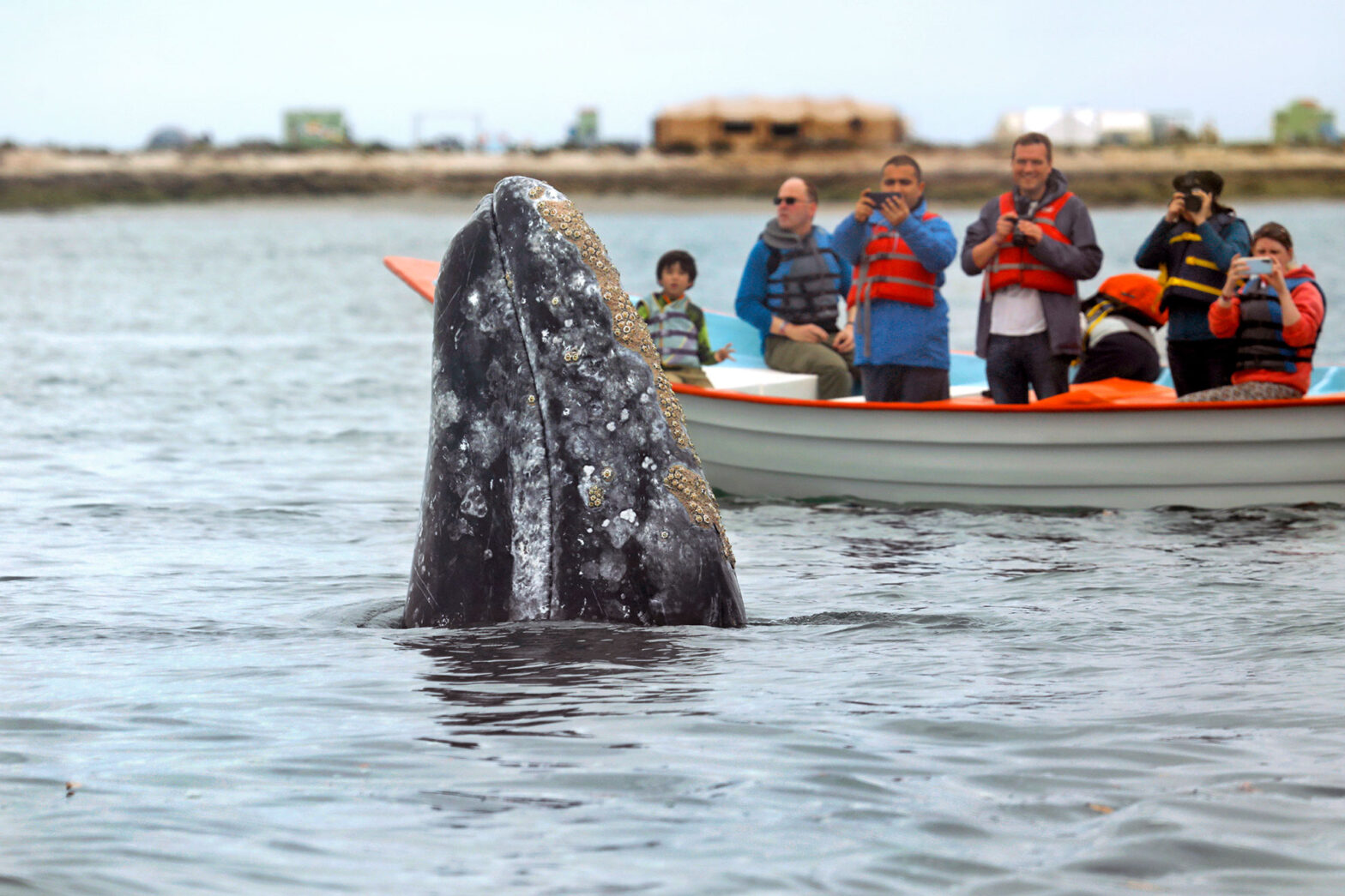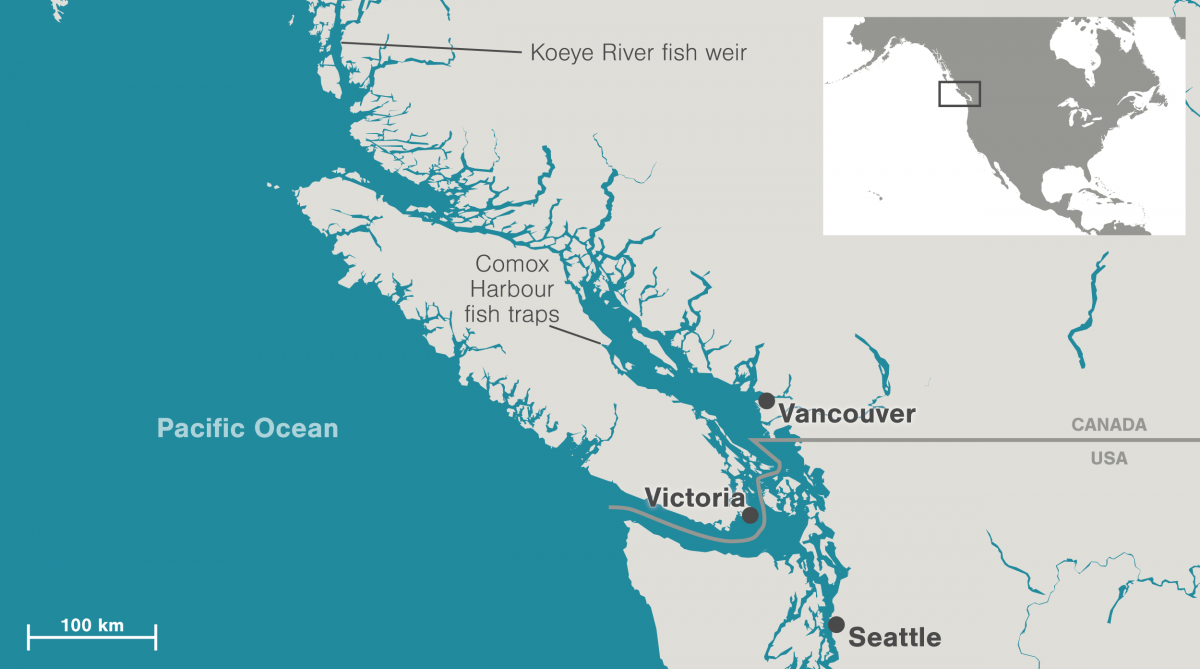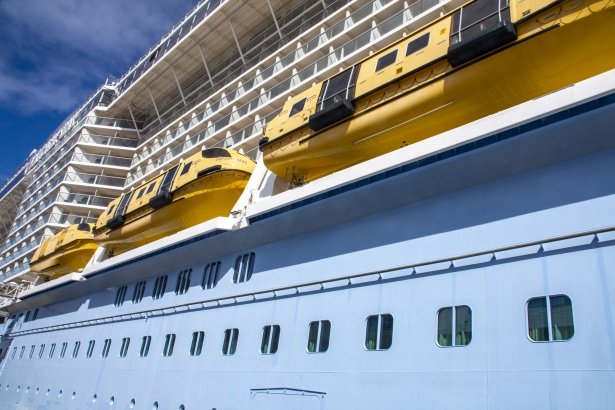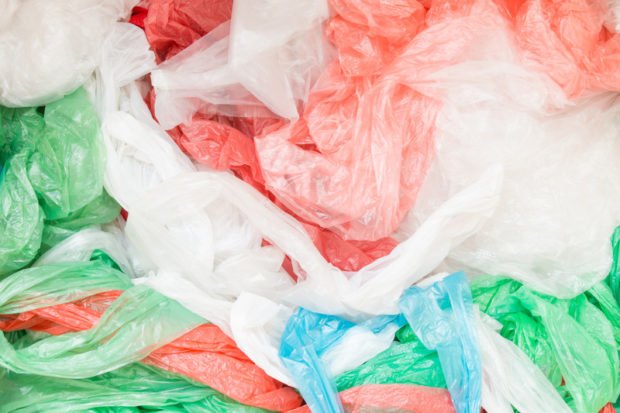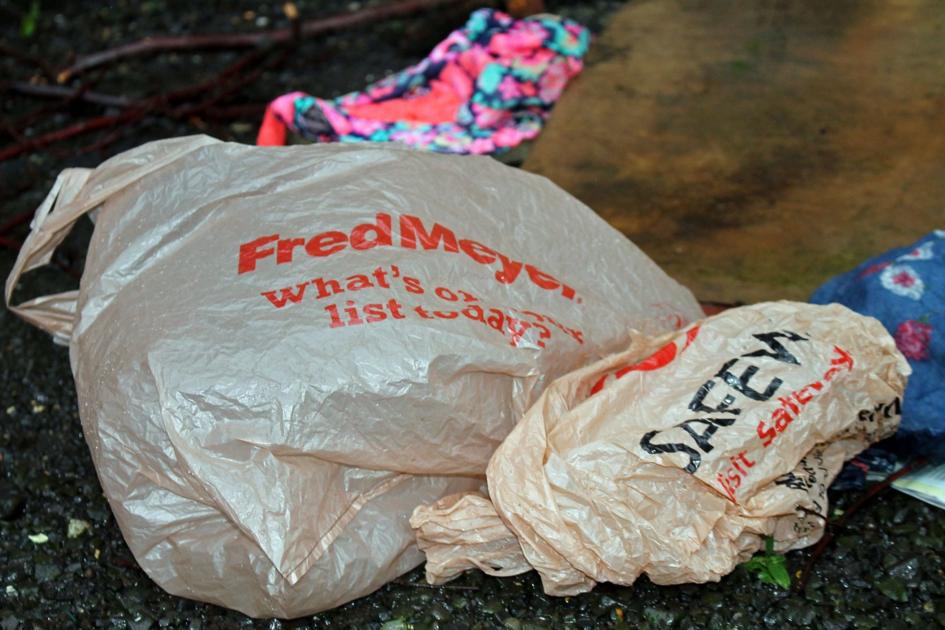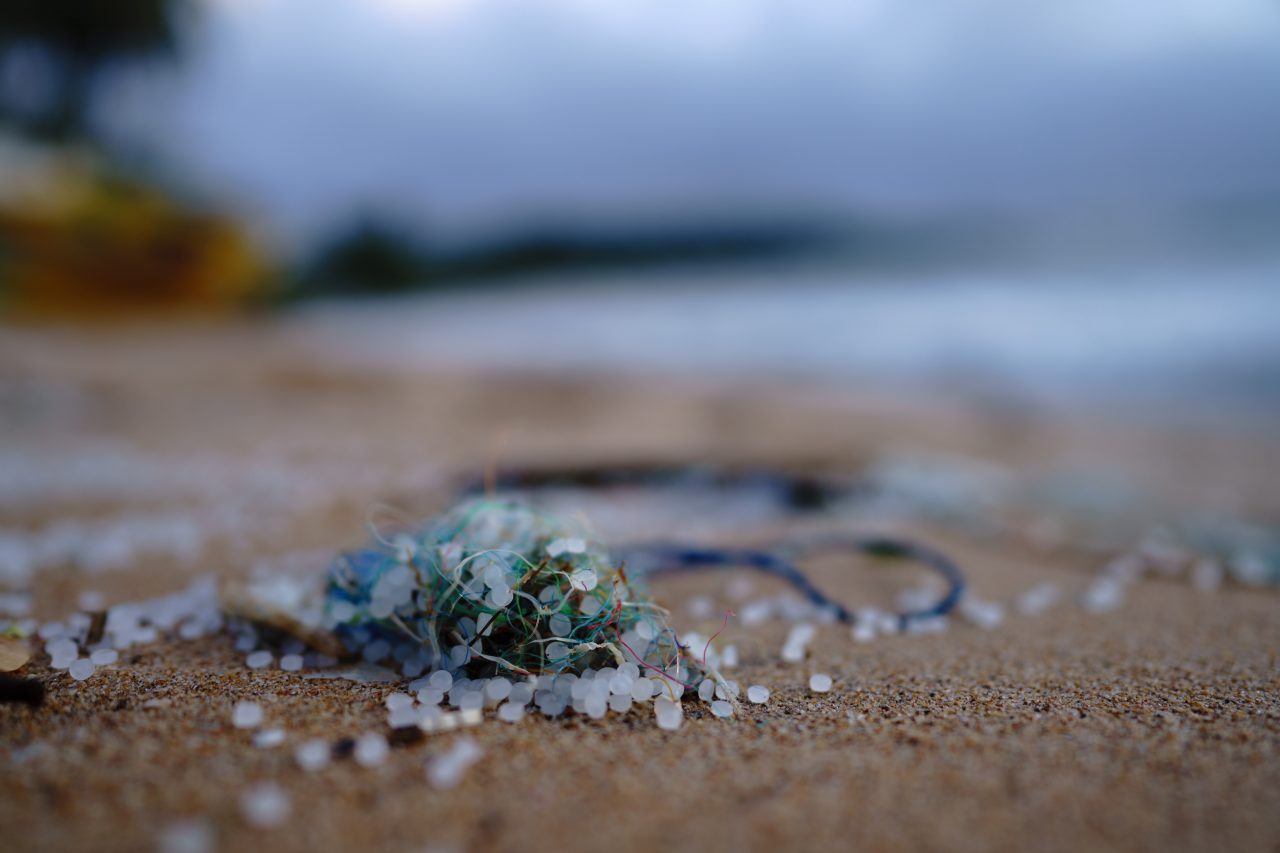SAN IGNACIO, Mexico — For thousands of years, the gray whales of the eastern Pacific have undertaken one of the longest annual migrations of any mammal — starting in the cold waters of the Arctic, then down past the densely populated coasts and beaches of California before finally finding refuge in the warm, shallow estuaries of Mexico’s Baja California Peninsula. Only to turn around and head back north a few weeks later.Starting in December 2018, this magnificent migration took a fatal turn.The bodies of California gray whales began washing up along the protected inlets of Baja, where gray whales come every spring to nurse their young and mate. The first to die was a young male, beached along the shore of Isla Arena, in Guerrero Negro Lagoon. Two days later, the decomposing body of a young female was found sloshing in waves along a beach in Ojo de Liebre Lagoon, just a few miles south of the first.Then, on Jan. 4, 2019, three more young whales were found dead, all of them severely decomposed, in the same lagoon.A gray whale pushes her calf to the surface as visitors reach into the water to pet them in San Ignacio Lagoon, Baja California.“We’d never seen anything like that before,” said Ranulfo Mayoral, 56, son of Pachico Mayoral, one of the earliest proprietors of the region’s whale-watching ecotourism businesses. “This is a safe place for whales. It’s not where they die.”What Mayoral was witnessing was the start of a leviathan die-off that, for 2½ years, has alarmed legions of whale watchers and perplexed scientists up and down the western coast of North America. Gray whales are known for being hardy and resilient — “the jeeps of the ocean,” as retired U.S. National Oceanic and Atmospheric Administration biologist Wayne Perryman calls them — but something has gone badly wrong.Scientists are now scrambling to figure out what is killing these 40-foot-long marine mammals. The “what” is anything but obvious.Some scientists believe there may be too many whales for the population to sustain itself. Others say this explanation of “overcapacity” and “natural causes” overlooks the gantlet of hazards that grays now face — including ecosystem alteration, ship strikes, entanglement in fishing gear, plastics pollution, disease, ocean acidification and loss of kelp forests.A whale-watching group gets a view of a gray whale “spy hopping” in San Ignacio Lagoon, Baja California, Mexico. The term refers to when a whale sticks its head above the water, possibly to get a view of surrounding objects. (Carolyn Cole / Los Angeles Times)Then there is climate change, which is melting ice sheets in the Arctic, altering oceanic currents, warming water temperatures and potentially changing the food supply for whales and other creatures.Researchers, however, agree on one key point: It is essential that science identify the key cause. Gray whales are a conservation success story — having survived commercial whaling and rebounded from near extinction with the help of wildlife protection laws. Their ups and downs are important indicators for the health of the oceans.“Like other top predators, gray whales are sentinels of the North Pacific,” said Sue Moore, an affiliate professor with the Center for Ecosystem Sentinels at the University of Washington. She notes that, while their current populations are far from being imperiled, these whales could be telling us something with implications for all marine creatures, and humans too.Since 2019 until July 29 this year, 481 whales have stranded along the beaches of North America, including 69 in California. Though it’s possible the die-off is part of a natural cycle, if the trend continues, “well, that’s the kind of thing that keeps me up at night,” said John Calambokidis, senior research biologist and cofounder of the Cascadia Research Collective, a marine mammal research center based in Olympia, Wash.As 2020 started, many scientists hoped it could be a breakthrough year in unraveling what was killing whales in such large numbers. In March, however, COVID-19 was declared a global pandemic, and the world — including broad swaths of scientific inquiry — shut down. Flights were canceled, hotels shuttered, people were anchored to their homes, and science in all sectors ground to a halt.Ocean and marine mammal biologists were prevented from congregating in boats. They couldn’t directly study ocean and food conditions. Aerial survey missions were called off. Laboratories shut down and beaches were closed, limiting the number of scientists who could perform necropsies.Yet where the professionals had to pull back, amateurs — including retired experts and non-PhD observers — poured in. Dedicated whale watchers set out to observe the oceans and document, as best they could, the crisis off their coasts. They attempted to fill in knowledge gaps and, ultimately, recorded whale behaviors not previously documented or observed by scientists.These lay sleuths saw whales feeding in strange places and at unusual times of the year. And in some cases, they noted whales that seemed to forego the migration altogether.A gray whale swims into Los Angeles Harbor on Feb. 23, 2021. It’s not unusual for gray whales to stay in the harbor for a few weeks in February and March before migrating farther north toward Alaska. (Carolyn Cole / Los Angeles Times)Were these new behaviors? Or had the pandemic created openings for a new type of observation of these whales?“I guess that old adage applies here,” said Scott Mercer, a retired whale biologist living in Point Arena who spent nearly every day of 2020 with his wife, Tree, monitoring and recording the whales as they migrated, ate and played off the Northern California coast. “The more you know, the less you know,” he said.“Let’s just hope we figure this out before it’s too late.”Balvi Vasquez pets and talks to a gray whale in San Ignacio Lagoon, Baja California, on Feb. 16, 2021. (Carolyn Cole / Los Angeles Times)First hint of troubleIn 2019, things got weird.Beginning in January, Baja researchers and tour operators noticed gray whales were arriving there about two weeks later than usual. Nearly a quarter seemed atypically skinny — with their blowholes sunken into their backs like deflated, skin-covered bowls — and their vertebrae protruding along their spines.They also noticed very few mother-calf pairs — a pattern seen in Baja 20 years ago, the last time there was a significant die-off of gray whales. It was a worrisome indication that something was wrong.As the whales started to leave the lagoons on their normal northern migration, they began to die.As they were perishing in large numbers, the whales were also acting strangely.In spring 2019, dozens started appearing in San Francisco Bay — some lingering, some acting as if they were trying to feed. Although their presence delighted urban dwellers, it alarmed others, including Bill Keener, a whale expert at the Sausalito-based Marine Mammal Center, who has studied whales for years.“It was amazing to see them here, so close … but really concerning too,” he said. Like the researchers in Baja, he hadn’t seen anything like this since the last time hundreds of gray whales stranded, in 1999. During that period, which stretched through to 2000, 24 whales died in the bay.Farther north, on Alaska’s Kodiak Island, a biologist for the Sun’aq Tribe started collecting reports documenting gray whales swimming far up coastal rivers, or rolling around in the shallow surf where the waves break. They were scooping up sand and sediment with their 8-foot-long jaws — sucking in the mud and creating craters along the ocean floor as they searched for sediment-dwelling amphipods, the small, shrimp-like creatures that are the whales’ food of choice.”Spy hopping” is a behavior exhibited by cetaceans, such as the gray whale above, and some sharks. (Carolyn Cole / Los Angeles Times)Sun’aq Natural Resource Director Matthew Van Daele was both thrilled and amazed to see the whales at such an intimate distance. But like Keener, it also left him feeling uneasy.“It was crazy. They were right there. On the beach,” he recalled. “That’s not where they usually feed.”For the last two years, similar oddities have been reported along the whales’ migration route, including in Mexico’s San Ignacio Lagoon, where a Times team this February observed whales feeding along the shallow beaches.“Weird,” said Daniel Aguilar, a guide at Antonio’s Ecotours and son of the proprietor, Antonio Aguilar. “They don’t usually do that kind of thing.”Deborah Fauquier, a veterinary medical officer for the National Marine Mammal Health and Stranding Response Program, said the annual number of strandings along the west coast of North America has steadily decreased since 2019. However, the number of deaths is still abnormally high, with 172 in 2020 and 92 so far this year.Fauquier said it’s daunting to figure out the cause of such a large mortality. Even determining the cause of a single whale’s death is a major undertaking, she added.Over the last three years, NOAA has reported that 268 of the whales it analyzed were discovered in a state of advanced decomposition, making it impossible to tell what happened. Other variables made it difficult to pinpoint a single cause of death. For instance, all whales are highly sensitive to unnatural ocean noises. Such noises — for instance, seismic air guns or revving outboard engines — could have driven startled or frightened whales into shipping lanes, where they then got hit.Scott and Tree MercerScott Mercer, left, a whale biologist in New England, relocated to the Pacific Coast with his wife, Tree Mercer, right. During the pandemic, they spent nearly every day monitoring whales and recording data from a bluff near Point Arena Lighthouse in Mendocino County. (Carolyn Cole / Los Angeles Times)Along California’s northern coast, Scott and Tree Mercer have helped to fill the data void. For the last 15 months, the couple have taken a nearly daily excursion to the Mendocino Headlands in their minivan. Wearing matching blue windbreakers and carrying folding chairs and binoculars, they perch themselves on a bluff overlooking the crashing waves below, and scan the horizon for whales and other ocean life.They used to spend the summer in Maine, where they once lived full time — Scott as a marine biologist, who flew aerial surveys for the New England Aquarium and wrote three books about whales; Tree as a biology teacher.Mendocino HeadlandsGray whales can be seen from the Mendocino Headlands, where observers like Scott and Tree Mercer say they have observed gray whales year-round. (Carolyn Cole / Los Angeles Times)In 2020, the pandemic anchored them in California — giving them more time to monitor the Northern California coastline.It wasn’t always easy getting out there; during spring 2020, sheriff’s deputies enforcing shelter-in-place rules regularly shooed away the couple. But they persevered, sometimes playing a little cat-and-mouse with the deputies.And as spring turned to summer, they began to notice things they’d never before seen — or expected to see. They started seeing gray whales nearly every day of the year — not just during the migration. Was this behavior related to the die-off? Were these whales eschewing the migration to forage locally? Or, as Scott Mercer put it, “Are we seeing things that had just never been recorded and observed?”Gray whales are far more abundant and less threatened than the right whales that are Mercer’s specialty. Still, the early stages of the West Coast die-off were unsettling.The two newcomers watched as the area’s kelp forests have progressively disappeared, and they documented the changed timing of the gray whales’ migration. Based on their data, the number of migrating whales had dropped from a high of roughly 1,100 in 2015 to a 2019 low of about 800.But was it just some form of natural variation? Scientists note that Eschrichtius robustus — the scientific name for gray whales — have long shown themselves to be resilient, and adaptable.“They’re opportunistic feeders,” said Moore, the University of Washington biologist, noting that they feed throughout the ocean water column — from the sediment to the surface. “They don’t call them robustus for nothing.”Back from the brink of extinctionGray whales were once found in oceans worldwide, with an estimated peak population along the eastern Pacific of roughly 26,000.Whale hunting history1700s-1800sAs whale hunting boomed in the 18th and 19th centuries, gray whales were spared the early slaughter. They lacked the kind of high-value blubber, bone and oil that nearly doomed their counterparts, such as sperm whales.They undertook enormous journeys, and still do. In 2015, one radio-tagged female traveled from the Russian-held seas of Sakhalin Island (where a small population of western north Pacific gray whales still lives) to Mexico and back in 172 days, logging almost 14,000 miles — at that time, the longest recorded migration of any mammal.In past centuries, other populations of grays were known to comb the Atlantic coastlines: On the western side, they summered along Labrador, on the Canadian island of Newfoundland, and Greenland, swimming south to Florida for the winter; in the east, they congregated around Iceland and the Svalbard archipelago during the feeding months, traveling to the Mediterranean and North Africa for rest and relaxation.A small population of roughly 200 still roams the western Pacific waters, from Russia’s Sakhalin Island, where ExxonMobil has a major development, south to the Korean Peninsula.San Ignacio BayMexico’s Baja Peninsula, including places like San Ignacio Lagoon, provide warm, shallow estuaries where gray whale mothers come each year to nurse their calves, as other adults arrive to mate. (Carolyn Cole / Los Angeles Times)It didn’t take long for fishermen in Mexico’s Baja Peninsula to begin noticing the return of these leviathans.“Initially, they were afraid of the whales,” said Pancho Mayoral, a tour boat operator and brother of Ranulfo Mayoral. “They’d hit their oars in the water if the whales came too near, or banged them on the side of the boats to frighten them away.”Ranulfo MayoralRanulfo Mayoral is a guide with Pachico’s Ecotours, one of the first whale tour businesses in San Ignacio Lagoon. (Carolyn Cole / Los Angeles Times)Among Baja tour operators, legend has it that Pancho and Ranulfo’s father, Pachico Mayoral — then just a 31-year-old fisherman who lived with his five kids and his wife in San Ignacio Lagoon, 560 miles southeast of Tijuana — was the first to realize the whales were friendly.Soon, he was taking a small number of intrepid tourists and researchers out to see them.Before long, his neighbors also saw a business opportunity. Together, they established a nascent ecotourism business — with visitors from across the world coming to interact with the ballenas.A playful gray whale comes close to a boat of visitors and turns on his side to see. Whales are drawn to boats by the hum of their outboard motors, Baja guides say. (Carolyn Cole / Los Angeles Times)In 1988, the Mexican government named the region a protected biosphere. In 1993, it was declared a UNESCO World Heritage Site. The Mexican government limits the number of boats allowed in the lagoon at any given time to 16, restricts the amount of time each boat can spend on the water and regulates fishing to certain times of the year.Reaching San Ignacio Lagoon requires a five-hour, bumpy drive from the nearest city with a commercial airport, Loreto. In early 2020, just as the coronavirus was circulating the globe but shutdowns had not begun, scores of tourists were making the drive every day.“Baaa-leee-naaa! Baaa-leee-naaa!” sang a Baja-based Italian tour guide, Giuliana, who was balancing precariously in a panga, in early March 2020. As she sang, Giuliana and her four guests scrambled from one side of the 15-foot boat to the other, reaching out to caress a curious, playful female gray whale and her calf.Visitors interact with a gray whale and her mother in San Ignacio Lagoon. Some believe the whales are attracted to higher-pitched voices. (Video by Carolyn Cole / Los Angeles Times)The tourists “come here and they touch them, and they start to cry. Or they break into song,” said Ranulfo Mayoral, who has watched tourists interact with whales for most of his life. “The people come here for this out-of-body, almost extraterrestrial experience. They go crazy.”Yet in this part of Baja, like elsewhere worldwide, the pandemic has crushed many small tourism businesses — including the Mayorals’, which was closed in mid-March 2020 and has remained shuttered. During a visit in February this year, this typically bustling resort area resembled a ghost town, with empty cabanas and tumbleweeds blowing around the dirt roads.Even so, the San Ignacio Laguna Ecosystem Science Program, a research team that has tracked the whales for 14 years in the lagoon, continued to collect data.In 2021, the researchers once again showed that gray whales had decreased in number and arrived roughly two weeks late.On a beach in the lagoon — one where tourists once stopped to eat prepacked lunches — a young male, newly dead, lay in the surf, his carcass snacked upon by a coterie of gulls and crabs, as a flock of vultures looked on.A gantlet of ocean perilsThe lagoons of Baja have long served as gray whale sanctuaries, especially for younger ones at risk of attacks by orcas, their main predators. But as they journey up the coast to the Arctic’s northern Bering Sea and Chukchi Sea, they face an array of hazards beyond those they historically navigated.Hugging the coast past California, Oregon, Washington and British Columbia, migrating whales must circumvent cargo ships, military vessels, fishing gear and recreational craft, especially near big port cities such as Los Angeles, San Francisco and Seattle.Over the last 30 years, global shipping experts estimate maritime traffic has more than tripled. Some projections forecast it could grow 1,200% more by 2050.Beachgoers look at a decomposing gray whale while visiting Muir Beach on April 17, 2021. Scientists from the Marine Mammal Center in Sausalito, Calif., found evidence the whale had been struck by a vessel. (Carolyn Cole / Los Angeles Times)In a study published this year, a research team found that a variety of whales face risk of ship strikes. That was illustrated in May, when two fin whales came to port in San Diego, plastered to the hull of an Australian warship.But of all whales in the Pacific, grays are the most likely to be struck by ships, the study concluded. “Risk appeared greatest during south- and northbound migration when much of the gray whale population is moving through waters near shore” — places with “high vessel densities,” the study found.According to a NOAA database, 205 gray whales were killed by vessels between January 2016 and December 2020 in the eastern Pacific.Possibly because their feeding patterns are changing, gray whales are showing up more frequently and in greater numbers in confined bodies of water, such as San Francisco Bay — where 12 this year have been found dead since early March — and the ports of Southern California.Researchers, such as Calambokidis, think the whales may be looking for new food sources — digging through the shallow sediments of the protected inlets along their migration route, including San Francisco Bay, Long Beach Harbor and Washington’s Salish Sea.Ships, boats and submarines can also harm whales indirectly. As their motors and engines whir and their numbers increase, these vessels add to a cacophony of underwater sounds.“Whales are born into this din,” said Brandon Southall, a whale expert based out of Aptos, Calif. “Most of their lives they are now saturated in human noise.”Studies show this din can disrupt communication among gray whales and other marine mammals, and in extreme cases, can cause hearing loss and depressed immune systems, making them more vulnerable to disease.Gray whales don’t emit melodious sounds like those of the symphonic humpbacks, recordings of which are often heard echoing throughout New Age salons and yoga studios. Instead, they squeeze out “croaks,” “burps” and conga-like “bongs,” which describe some of the species’ six distinct calls.Those calls — and the ability to hear them — are essential for the survival of these creatures, especially for mothers trying to find their calves and working with them to locate food or avoid predators.“There’s a lot impacting these whales,” said Fauquier, the NOAA veterinarian. But she acknowledges it’s difficult to draw a direct cause and effect.A gray whale pushes her calf to the surface in San Ignacio Lagoon. In 2019 and 2020, researchers noticed a big drop-off in mother-calf pairs in Baja lagoons — a pattern seen when there was a significant die-off of gray whales 20 years ago. (Carolyn Cole / Los Angeles Times)Orcas — also known as killer whales — are part of this gantlet, but they’ve posed serious threats to whales long before modern times. Scientists are still studying this predator-prey relationship but say there’s little evidence that orca attacks are increasing.Another unknown peril is disease — a fatal virus or bacteria that is being transmitted among gray whales. Research indicates that whales can become susceptible to pathogens if their immune systems are compromised by other stressors, including noise, boat traffic and polluted runoff.Although pandemic-related lab closures have kept Fauquier from analyzing all the tissue samples collected from strandings last year, she thinks disease may be playing a role and testing will help to rule out common diseases seen in whales, such as a viral infection known as cetacean morbillivirus or a biotoxin exposure from harmful algae blooms.“We are hoping to have a better idea by the end of summer or fall,” she said.On their annual migrations, gray whales must also run through an obstacle course of whale-watching tours, ubiquitous from Baja up to Alaska and beyond. This spring in San Ignacio Lagoon, The Times saw tour boat passengers stick their fingers and hands in whale blowholes and mouths, and kiss their eyes and cheeks.Fauquier said it is unlikely humans can pass diseases, such as the coronavirus, along to the whales. But it still isn’t healthful to stick fingers in the leviathans’ orifices.Habituation — whales becoming too accustomed to human interaction — is another concern.Evidence suggests whale and dolphin populations decrease where whale watching has started. Researchers have also observed different swimming and diving patterns when cetaceans are followed by boats and people. In addition, blood and fecal analyses show elevated levels of stress hormones in animals followed by boats.This spring, a Times photographer spotted a kayaker and two paddle boarders approaching a gray whale swimming in Los Angeles Harbor.A dog in a life preserver, attached to a leash, jumped off one paddle board and swam toward the whale.The whale dived down — disappearing as the spectators drew near.


